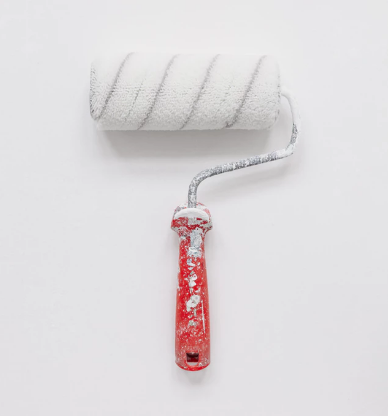10 Things You Must Know About Interior Painting

Painting is one of the most popular Michigan home improvement strategies. Painting personalizes the home and adds ambiance you prefer and love. It is good to paint your home if you are planning on selling the property. The paint color can change the interior design and mood of the home. A good paint job makes a statement depending on your color choice. It is the least expensive and easiest tool to the interior design world.
However, before you embark on painting your Southeastern Michigan home, there are some things you should know.
Room preparation makes a difference
Painting is easier when there are no obstacles in your way. Empty the room and move large furniture to the center. Cover the furniture with drop cloths or old sheets. Wipe the walls down to remove any buildup of dust, oils, and dirt. Remove debris before painting to allow the paint to adhere to your walls.
Fill in any cracks or nail holes with spackling. Tape off adjacent window trims, walls, outlet covers and light switch. Use newspapers, paper rolls or drop cloths to cover the floor.
Test your paint color
Testing the paint color enables you to know how particular colors look on your walls or with the lighting. Allow the paint to dry and observe the color in both nighttime and daytime to get a true picture of how the color will look like on the walls.
Paint a room
Color can be overwhelming for some people but do not let your fear of color to make you beige or choose white or off-white. Try some different colors to enable you to create a specific feeling in your room.
Dark colors add depth and texture to a room space. Dark colors are good if the room is very large and has a high ceiling. Brighter and lighter colors are suitable for small rooms with no natural light like a guest bath. Light and bright colors open up a room space and make them appear larger than they are.
Pay attention to the finish
The finish matters just like the color choice. High gloss paint finishes are durable and easy to clean. A flat paint finish hides imperfection and is more susceptible to damages. An eggshell finish is appropriate and not prone to damage.
You can change the paint
Painting is inexpensive, and you can change the color if you feel it does not look great. In case the color is too overwhelming on all four walls, just leave one wall painted with the color as an accent or change the color on all the four walls.
Determine the amount of paint you need
Use a paint calculator to determine the amount of paint you need so that you do not buy too much paint or run out of paint. Determine the square footage of the room and think about the number of paint coats you need.
One coat is enough if you are priming the walls. Two coats are necessary if the walls are not primed.
Prime your walls to save paint
Priming is an important process in preparation for painting. The primer seals the walls to give you the base to adhere to while painting. A primer prevents flashing or a shiny spot on your walls which occurs when the paint is placed directly on the spackling.
However, a primer does not mean you skip the step of cleaning your walls. Cleaning the walls is an important step.
Brush before rolling
Brush the corners before and after rolling the walls. Use a high-quality brush for painting. The brush should be an inch out from the ceiling, corners, and baseboard which are areas the roller cannot reach.
Use a roller after brushing to flatten out brush marks that are further out then the corner depth to leave a smooth flat surface.
Prep the roller and paint brushes
Remove any debris like loose fibers from your roller. Use a painters tape wrapped backward around your hand to prep your roller. Press the taped hand onto your roller, and it will work just like a lint roller. Rub the dry paint brushes against your hand then gently tug on the fibers. This prevents loose fibers from ending up in your paint from the brush.
Buy proper supplies
Get all the supplies you need before you start painting. Supplies include quality paint brushes, sturdy step ladder, and roller extenders. Roller extenders assist when you get to higher walls. You can paint without standing on your tiptoes or stretching your arms too high.
A sturdy step ladder helps you reach top corners of the walls when brushing. Both roller extenders and step ladders keep you from overextending your body which can result in injury.
